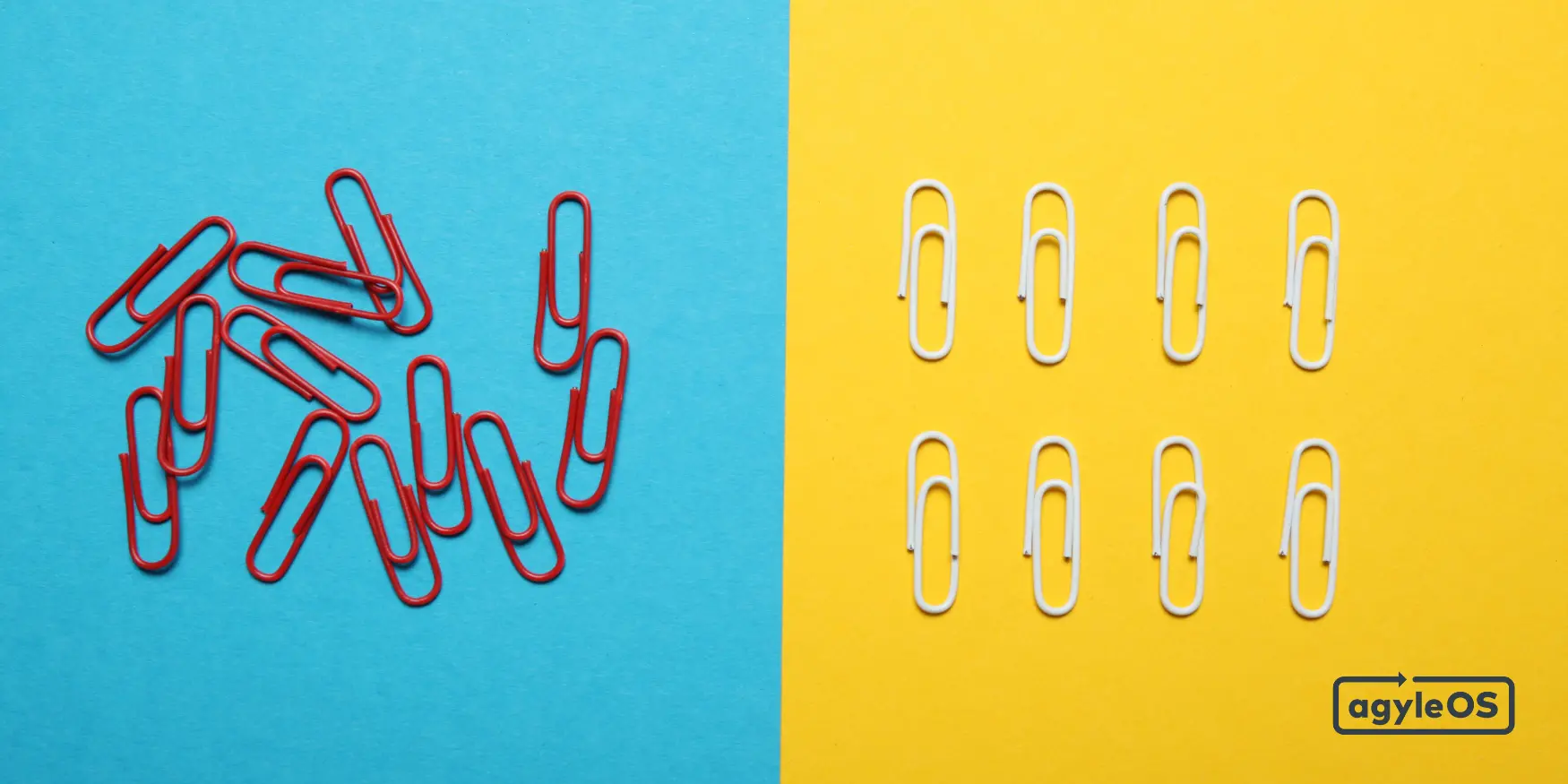
"Agile has to be really part of the soul of the founding team and the leadership team of the company."



- Back then it was hard to measure and almost impossible to visualize.
- Agile is a long-term commitment to change.
- I think the fact that people like me are talking about it in this way is the change I have seen.
A conversation about his view on agile, its history, and cultural development in companies with Steven Gilmore, Co-Founder of Feebee.
Nino: How would you explain agility in 1-2 sentences to someone who has no idea and no contact with agility?
Steven: I would say that it’s the way human beings should have always worked. It is a commitment to work in a way that can create more fulfillment, with regard to our relationship with work.
It helps teams to become self-organized, self-reflective, and empowered. Allowing them to create more value for their customers.
Have you worked command and control type structure and thought “there has to be a better way?” There is, it's agile.
When did you first get in touch with agility?
I got 'hands-on' with agility when I joined SumUp. We embarked on an agile transformation shortly after I joined. Our ambition was to work in a different way and create a better environment than where we had worked in the past. Innovation and delighting customers for the long term was our goal.
So we found an agile consultancy and embarked on an agile transformation.
Back then it was hard to measure and almost impossible to visualize.
How is organizational agility measured?
Back then it was hard to measure and almost impossible to visualize. That’s why I was quite excited when I came across agyleOS.
We measured our agility via surveys. We designed a survey based on 24 capabilities outlined in the book Accelerate. We sent the survey out along with our eNPS (employee net promoter score) survey every few months. We tried to measure our agility based on the results.
But there are many more things to look at. You capture many of them nicely in agyleOS.
Is agility a leadership competency?
It’s a competency that everyone needs to learn. Leadership plays a crucial part in role modeling required competencies. Leaders also need to encourage teams to grow and to help people to understand why it’s important.
I see the role of Leadership as “creating the right conditions for teams to be successful and do their greatest work”. If a leader is constantly thinking about this and guiding and coaching their team, then the team can grow. That team will go on to deliver exceptional value.
Build and visualize a skills-based organization with a collaborative culture
Agile is a long-term commitment to change.
What causes agile to fail?
It's usually down to inertia. The inertia comes from centuries of working in a command and control way. Agile is a long-term commitment to change.
What happens, in reality, is that someone in a company makes a decision and we go along with it. Let's say the CEO comes along and says "We're doing an agile transformation. This is going to be super exciting." The person (who would have kept going the way they were before) is not yet committed to this change and may never be. In this instance, the CEO's role is to show why this person (and everyone else) should be committed.
Usually, the commitment has not been established. Agile begins to fail in these teams first. Then, once the CEO loses enthusiasm, it starts to unravel everywhere. Before you know it you are talking about agile, but you are not living it.
Agile needs full commitment to a new way of thinking, behaving, and working. It takes time to change mindsets. Once the company hits a bump in the road old habits creep back in. People want to micro-manage because they felt in control when they were doing that.
It's a bit of a catch-22 situation. Because the last few years have shown us that the world is unpredictable. In an unpredictable world agile is extremely beneficial. If your team is more nimble and able to react and change faster, you have a better chance to survive and even thrive. Yet teams need time to develop these skills and they need the right environment to do it. If at the first sign of trouble, the environment becomes unsafe. The teams will never become agile.
I think the fact that people like me are talking about it in this way is the change I have seen.
What is the required mindset in an organization in order to be agile?
There needs to be a full commitment to working in a better way. From everyone who is in the company and everyone who will join in the future. It can’t be because it’s a buzzword or because it will be good for PR. It also can’t be temporary or just a passing interest. It has to be a fully lived commitment, forever. You need a Growth mindset.
What has changed in the area of agility in recent years?
I think the fact that people like me are talking about it in this way is the change I have seen. 5+ years ago it was only software development teams talking about agile. Now it is a cultural topic and a whole company commitment, that everyone has to live and breathe. It has to be really part of the soul of the founding team and the leadership team of the company.
By submitting this form, I confirm that I have read the privacy policy and that I consent to the processing of my personal data by agyleOS for the purposes stated. In the event of consent, I can revoke my consent at any time. Furthermore, by submitting the form, I agree to the general terms and conditions.



